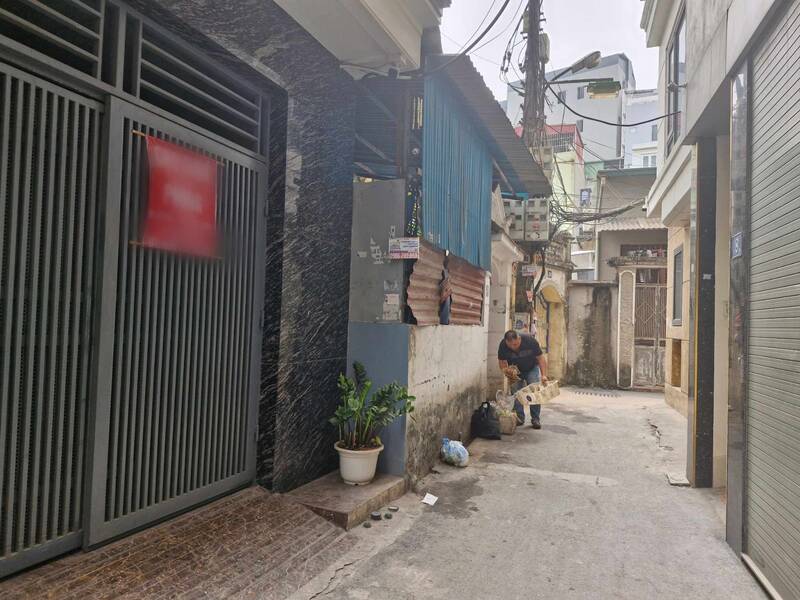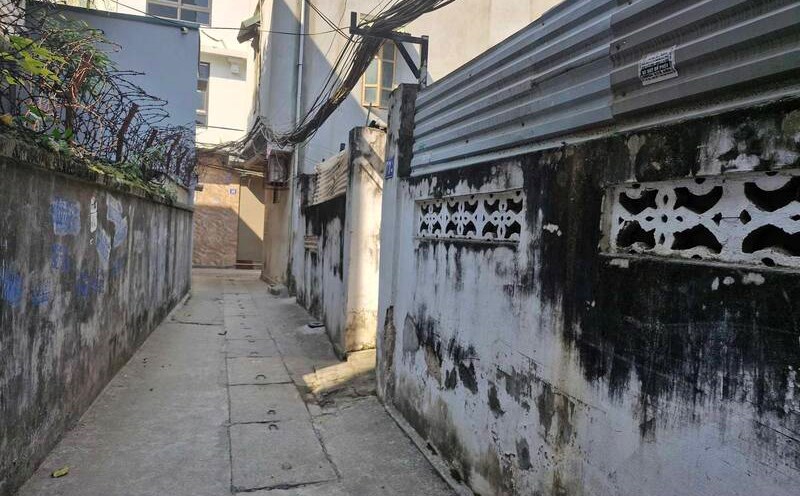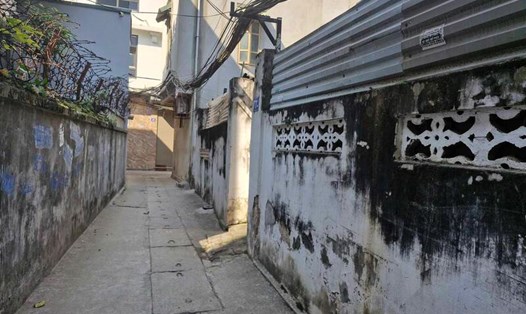According to the regulations issued by the Hanoi People's Committee, the minimum area for a residential land plot after division in Hanoi is 50m2, an increase of 20m2 compared to the previous regulations.
Increasing the area of land division aims to reduce overload, reduce pressure on the technical and social infrastructure system, and at the same time, help protect general planning, avoid imbalances in infrastructure development.
However, this creates scarcity in the small real estate market, especially in Hanoi's inner-city districts. Houses with an area of less than 50m2 have therefore become a rare commodity whose supply cannot be regenerated in the future.
According to Mr. Tran Hoang (a real estate broker in Hanoi), real estate prices are showing signs of recovery, with segments often increasing by 2-5% annually. However, from the beginning of 2025 until now, the price of houses in alleys in the inner city districts has shown signs of skyrocketing increases.
Not only in the inner city districts, small houses in alleys in suburban districts such as Ha Dong, Thanh Tri, Thuong Tin, Hoai Duc... also increased sharply.
Mr. Nguyen Van Chuan (a real estate investor in Hanoi) said that since the new regulation took effect, houses in alleys under 50m2 had the strongest price increase among all types of residential land.
Explaining the reason for the increase in housing prices with an area of less than 50m2, according to Mr. Chuan, houses with an area of 30-40m2 in the alley currently have prices ranging from 3.5 - 5 billion VND. However, if the minimum area for dividing the plot is increased to 50m2, the value of the house can fluctuate up to 6-8 billion VND/unit.
Ms. Nguyen Thi Minh (45 years old, living in Bac Tu Liem district, Hanoi) was also surprised when the price of real estate in the alley increased beyond her imagination.
Ms. Minh added that in February 2025, she had found a finance-friendly house on Kim Giang Street (Thanh Tri District). However, after only a few months of hesitation, the price of the house increased from 89 million VND/m2 to 95 million VND/m2.

Referring to this issue, Dr. Nguyen Van Dinh - Vice President of the Vietnam Real Estate Association - said that one of the reasons for the high price of houses with small areas is due to concerns about scarcity. Accordingly, buyers believe that houses with an area of less than 50m2 will become less and less, creating higher demand for buying and selling.
Experts also expressed their agreement with the new regulation. According to Mr. Dinh, this regulation will help Hanoi better control urban quality, no more houses and plots of land with too small, broken areas, spoiling urban aesthetics.
Mr. Do Ngoc Thang - Regional Sales Director at OneHousing - commented that the inner city of Hanoi is a place where land funds cannot be expanded further but the population is still increasing and most importantly, the real demand for housing, investment, business, and rental.
Therefore, real estate in Hanoi's inner city, including the segment of private houses and houses in alleys, is still a safe and sustainable channel for storing assets.
Real estate experts note that, in addition to the strengths, buyers of private houses in alleys need to consider a number of criteria such as the width of the entrance, the direction of fire prevention and fighting, the quality of the house, the construction, legal procedures such as red books, construction permits to anticipate risks, have options suitable to their needs and finances.











